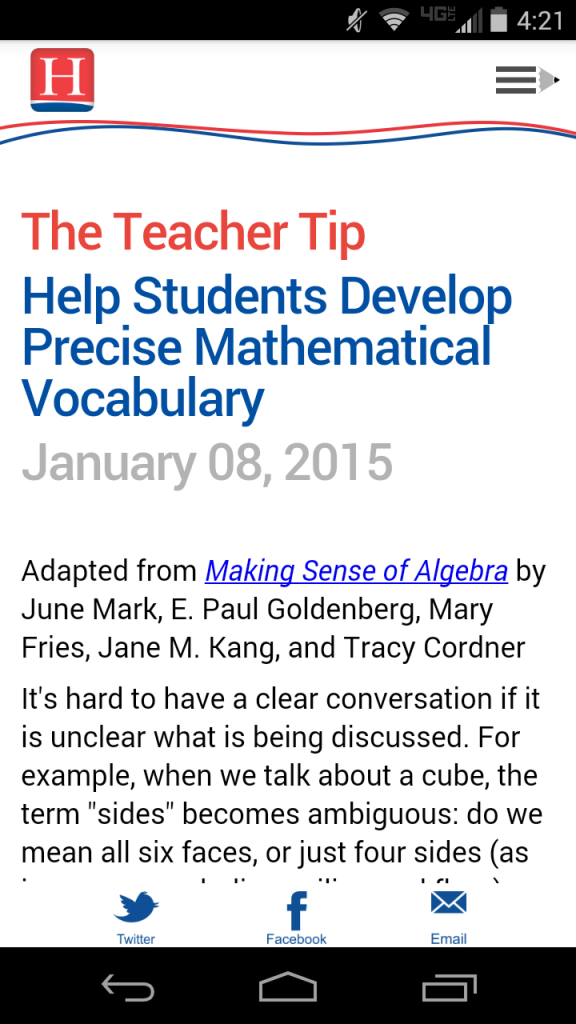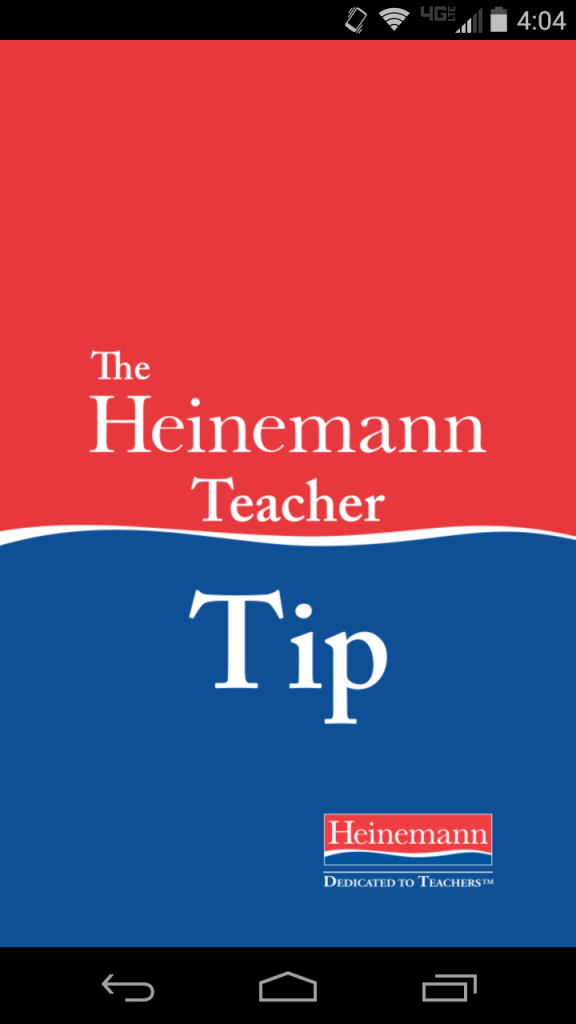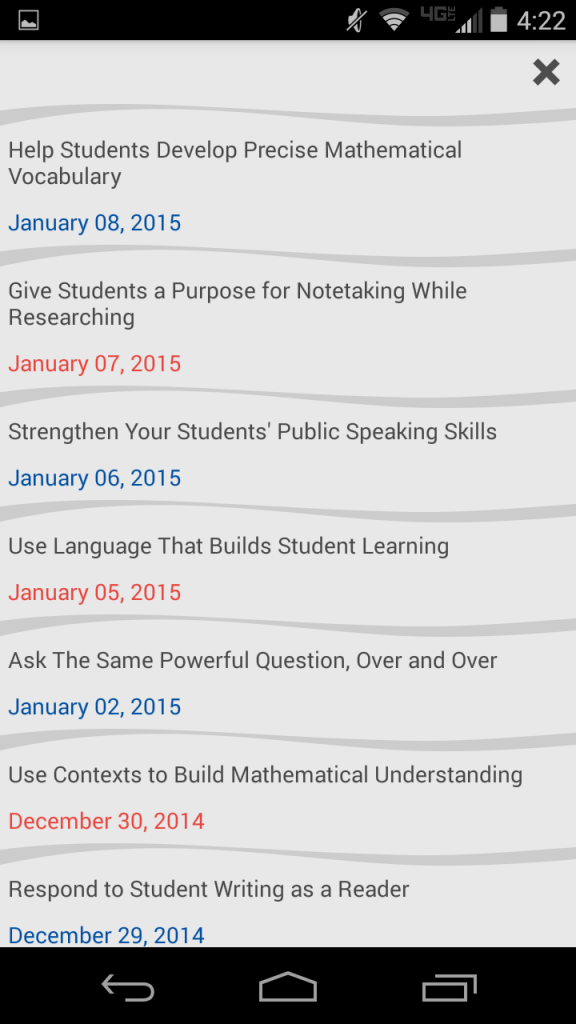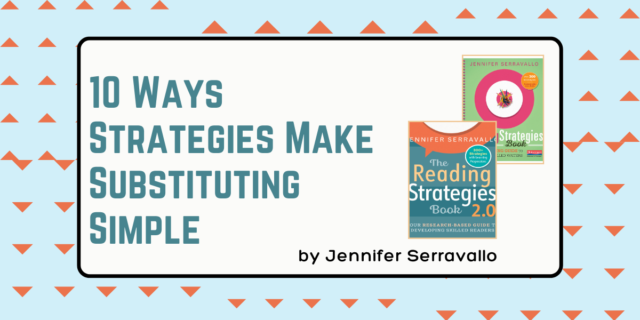
The Heinemann Teacher Tip App is available as a free download for iOS and Android devices. This app delivers ideas and inspiration from our authors directly to you every weekday. Sharpen your practice and share with colleagues for professional development in your pocket, on the go, forever.
Thousands of people share the daily teacher tip through Facebook, Twitter, and email. Four of our most popular tips of 2015 are featured below.

Identify the Difference Between Plot and Theme
From Jennifer Serravallo's The Reading Strategies Book: Your Everything Guide to Developing Skilled Readers.
The best way to teach developing readers the concept of theme is through the analysis of the plot. How can we teach our students about themes that are rarely stated, and must be inferred?
Explain to your students that plot is what happens in the story, while theme represents the bigger ideas of the story. The plot carries the big ideas, and is comprised of events you can track.
Try these teaching prompts:
- What’s happening?
- What’s most important about what you just told me?
- What is your idea about what’s happening?
- What else do you think is a possible big idea from the story?
When students identify the big ideas about what’s happening in a story, they can figure out its central themes.
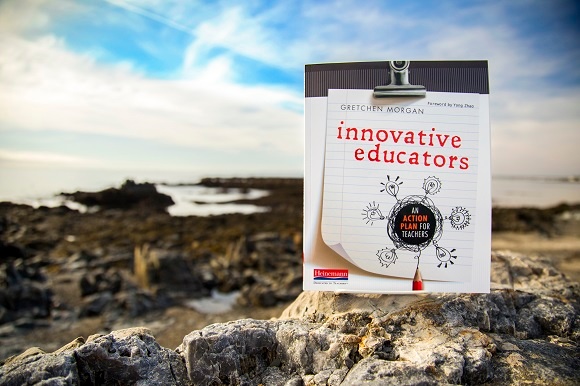
Make Your Classroom Culture Supportive of Risk Taking
From Gretchen Morgan's Innovative Educators: An Action Plan for Teachers.
There are commonalities to the characteristics that make our classrooms places where children feel supportive in being courageous. To promote intellectual risk-taking, classroom environments need to be characterized like this:
- There is a persistent expectation that the group, and each member of the group, will figure it out.
- Learners are supported in their inquiry. Teachers leave them breadcrumbs and give new breadcrumbs when students ask questions or get stuck.
- There is a persistent valuing of all ideas (even the really crazy ones) that are genuine attempts to make sense of things.
- There is consistent, honest feedback about which ideas have more or less merit, and the logic used to assess that merit is transparent to everyone.
- There is time to work on your own, with a few others, and as a whole group.
- The group has a way to notice or mark the occasion when great thinking happens.
Reflect on those things that define the culture in your classroom. As you reflect on your practice in this way, write down the things you want to do differently to contribute to a shift in the culture of the classroom, or the things that make your students courageous enough to participate.

Make Re-Reading An Adventure
From Comprehension and Collaboration, Revised Edition by Stephanie Harvey and Harvey "Smokey" Daniels.
The fact that re-reading really works is well recognized. But the trouble is, kids often see re-reading as a punishment when we command them to “read it again.” Especially if the material seemed “boring” (read: too hard) the first time through, another slog through usually doesn’t seem too appetizing.
Even worse, kids sometimes hear our re-reading commands as some kind of proof that they are a “bad reader” who didn’t get it the first time as (they fantasize) “good readers” do. What strategies can make re-reading interesting?
Try this:
- Use short texts that are interesting to kids
- Evoke students’ curiosity
- Make re-reading a puzzle, quest, mystery, or detective story
- Focus on debatable content
- Zero in on a turning point in the text
- Make re-reading interactive, not solitary
- Have kids focus on what they know on the first read so they can construct some meaning and ask questions as they go
- Have kids mark “new” text evidence they found on the second read
- Get kids up and thinking, talking, taking and defending positions
If we want to show students the critical value of re-reading and have them practice it willingly, we need to take responsibility for making rereading seem like an adventure, not a penance. It’s on us to make re-reading feel interesting and worthwhile to kids.
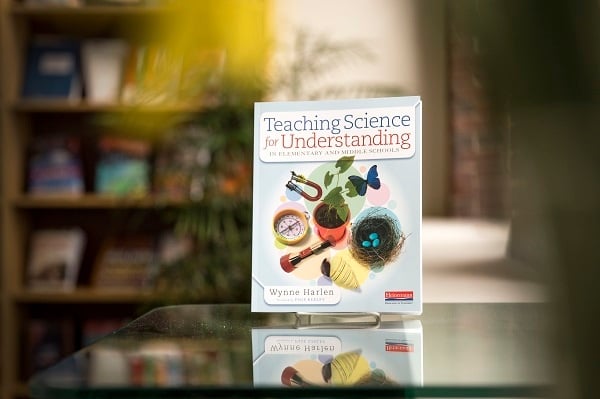
Respond to Students’ Science Questions
From Wynne Harlen's Teaching Science for Understanding in Elementary and Middle Schools.
Questions that arise from curiosity and the desire to understand have a key part to play in learning science. It is important not to discourage any questions by implying that only some are worth answering.
Fortunately, responding to questions is a skill that can readily be developed. It requires thought about the kind of question being asked, about the likely motive for asking it and knowledge of how to turn a question into one which can be a useful starting point for investigation. (Not all questions fall into this category, of course, but many do. “Why is the sky blue?” can become “Is the sky always blue?” and an ensuing investigation.)
Questions will come up at various times, often times which are inconvenient for embarking on investigations. Although they can’t be taken up at that moment, the questions should be discussed enough to turn them into investigations (perhaps recording them on a wall list of “things to investigate”) and then picked up some time later.
♦ ♦ ♦ ♦
More tips, delivered every weekday morning to your mobile device, are available on the official Heinemann Teacher Tip App!
The Heinemann Teacher Tip App features:
- Daily suggestions from leading practitioners you admire and trust
- Quick, actionable teaching tips that support instruction
- Access to 30 days of prior tips so you can revisit a recent favorite or catch up on one you missed
- Sharing options that allow you to start or join PD conversations in your building or on social media.
Download today!
